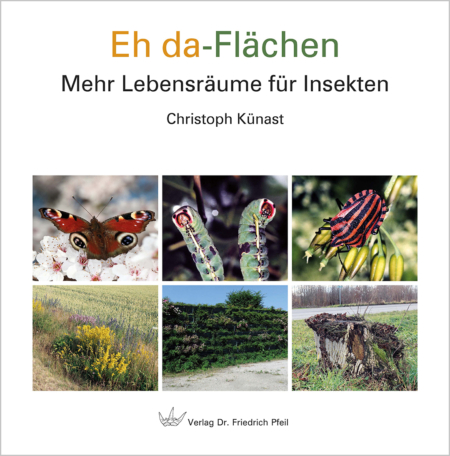The name and basic idea of the “Eh da” initiative came about one evening during a conversation between two biologists over some red wine: Yes, biodiversity in Germany is decreasing, we should do more to prevent the loss! But where is the space for it? There are areas everywhere that are “there anyway” – embankments, dams, roadsides and others! Couldn’t those be used to promote biodiversity?
These considerations gave rise to an “Eh da team” that oversees projects and whose goal it is to improve biodiversity on “Eh da” areas, focussing their effort mainly on insects.
By now, the term “Eh da plots” has become popular, as has the idea of using them to benefit insects. But how does this work? The answer is not simple, because neither are the habitat requirements of insects. It is not enough to promote colorful flowers, because the larvae of flower visitors often have special requirements as well. “Without caterpillars there are no butterflies, without wild bee brood there are no wild bees, and without beetle larvae there are no beetles” is a core belief of the “Eh da” initiative. This requires diverse habitats that fit the conditions of the specific “Eh da” area. This book takes a look at how that can be put into practice.








